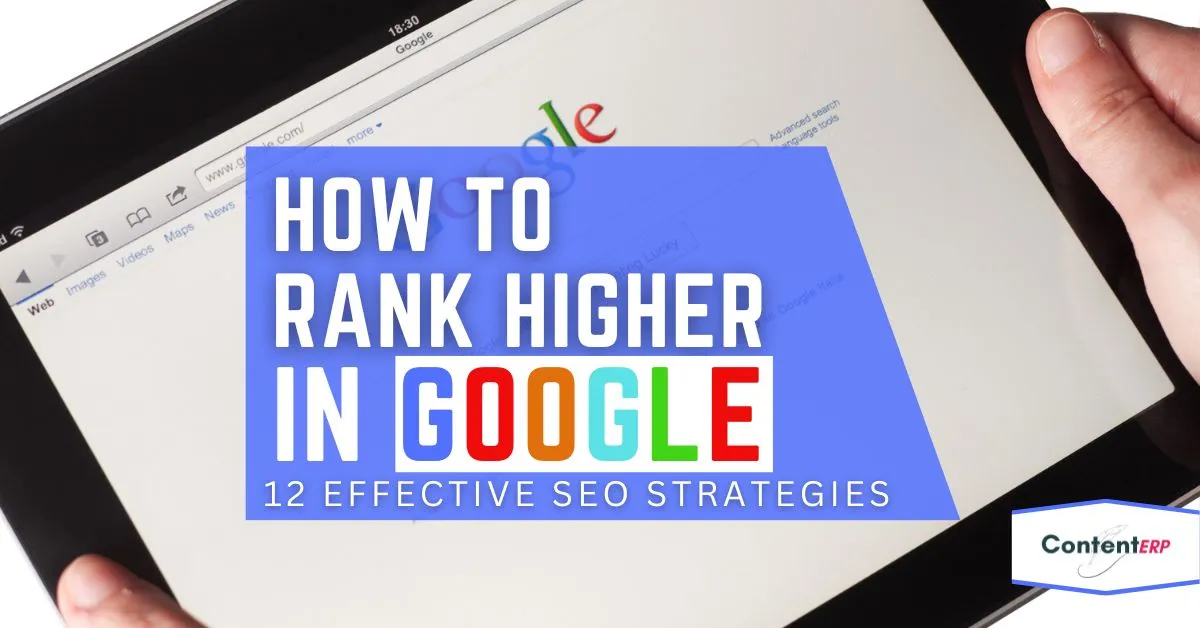How to Rank Higher in Google With Less Effort
In today’s digital world, having a solid online presence is vital for any business or organization that wants to succeed. With so much competition in the online world, it can be challenging to get your website noticed and attract more traffic. That’s where SEO (Search Engine Optimization) plays a role, as it is the process of optimizing your website to rank higher in google and search engine results pages (SERPs).
Ranking higher in Google is crucial for any website looking to increase its organic traffic and reach its target audience. The higher you rank, the more visible your website becomes, which can result in increased traffic, leads, and revenue. However, achieving a high ranking on Google can be a daunting task, especially for those who are new to the world of SEO. The good news is that there are different SEO strategies you can implement to rank higher in Google with less effort.
In this article, we’ll explore some effective SEO strategies you can use to improve your website’s search engine ranking and increase your organic traffic. From keyword research and on-page optimization to link building and content creation, we’ll cover everything you need to know to boost your website’s ranking and attract more visitors. So, let’s dive into the world of SEO and learn how to rank higher in Google with less effort!
Understanding Google’s Algorithm
Google’s search algorithm is a complex system that determines which websites to display in its search results pages. The algorithm uses a wide range of factors to evaluate the relevance and quality of a website’s content, including keywords, backlinks, user experience, and more.
To rank higher in Google, it’s essential to understand how the algorithm works and what factors it considers when determining the ranking of a website. While Google keeps the details of its algorithm confidential, SEO experts have identified some of the most important factors that can affect your website’s ranking.
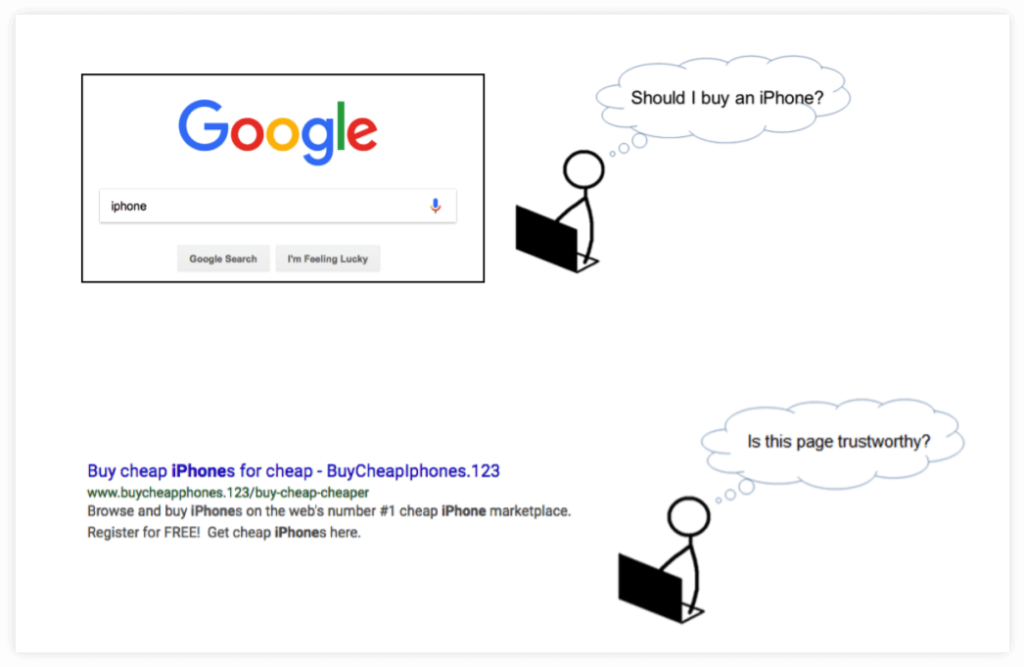
Factor One
One of the critical factors is the relevance of your website’s content to the user’s search query. Google aims to provide its users with the most relevant and useful information based on their search queries. Therefore, it’s crucial to optimize your website’s content to match the intent of the user’s search query. This can be achieved by conducting keyword research and creating high-quality, informative content that answers the user’s questions.
Factor Two
Another essential factor is the quality and quantity of backlinks pointing to your website. Backlinks are links that come from other websites that point directly to your site or blog. Google considers backlinks as a vote of confidence in the quality of your website’s content. The more of high-quality backlinks pointing to your site, the more authoritative and trustworthy your site appears to Google, which can improve your website’s ranking.
In addition to these factors, Google also considers other factors such as user experience, mobile-friendliness, and page speed when ranking websites. Therefore, it’s essential to ensure that your website is user-friendly, easy to navigate, and loads quickly on all devices.
By understanding how Google’s algorithm works and what factors it considers when ranking websites, you can develop an effective SEO strategy that can help you improve your website’s ranking and attract more organic traffic. Eventually, rank higher in google would be a matter of time.
Conducting Keyword Research
Keyword research is the task of identifying the words and phrases that people use when searching for information related to your website’s content. It’s an essential aspect of SEO strategy as it helps you understand your target audience’s search intent and develop content that aligns with their interests.
To conduct keyword research, you can use various tools, including Google Keyword Planner, SEMrush, Ahrefs, and Moz. These tools provide insights into the search volume, competition level, and the difficulty of ranking for specific keywords.
When conducting keyword research, it’s essential to focus on long-tail keywords. Long-tail keywords are more longer and specific phrases that target a niche audience. While they may have lower search volumes, they can attract more qualified traffic to your website and have a higher conversion rate.
It’s also crucial to identify and analyze your competitor’s keywords. You can use tools such as SEMrush to identify your competitors’ top-ranking keywords and use them to create similar content that targets the same audience.
After conducting keyword research, it’s essential to use the identified keywords strategically in your website’s content. You should include the primary and secondary keywords in the website’s meta tags, headlines, body content, and image alt tags. However, it’s essential to avoid overusing the keywords, as this can lead to keyword stuffing, which can harm your website’s ranking.
By conducting effective keyword research, you can create relevant and high-quality content that aligns with your target audience’s search intent and improves your website’s ranking in search engine results in pages.
On-Page Optimization
Another important strategy to get your website to rank higher in google is On-Page optimization. On-page optimization is the process of optimizing individual web pages to rank higher in search engine results pages and earn more relevant traffic. It involves optimizing various elements on the page, including content, HTML tags, and images.
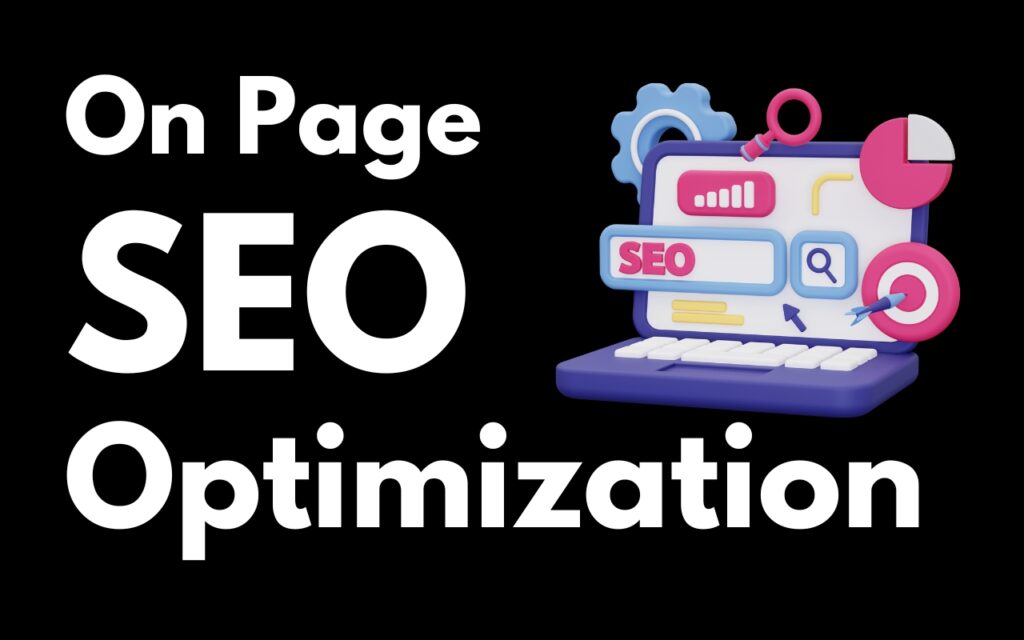
To optimize your website’s on-page elements, you should focus on the following:
Title Tag Optimization
The title tag is simply an HTML element that provides a brief description of a webpage’s content. It appears at the top of the browser window and is also displayed on search engine results in pages. The title tag should be concise, descriptive, and include the primary keyword.
Meta Description Optimization
The meta description is an HTML element that provides a brief summary of a webpage’s content. It appears below the title tag on search engine results pages. The meta description should be concise, and descriptive, and include the primary keyword.
Header Tag Optimization
Header tags (H1, H2, H3, etc.) are HTML elements that provide structure to your content. The H1 tag should include the primary keyword and be used only once per page, while the H2 and H3 tags can be used to provide subheadings and structure to the content.
Content Optimization
The content on your webpage should be high-quality, informative, and relevant to the target audience. It should include the primary and secondary keywords naturally throughout the content. It’s also essential to ensure that the content is easy to read, engaging, and provides value to the readers.
Image Optimization
Images should be optimized to improve the website’s loading speed and ensure that they are accessible to users with disabilities. Image optimization includes compressing the file size, using descriptive file names, and including alt tags that describe the image.
By optimizing your website’s on-page elements, you can improve the user experience, provide valuable content to your target audience, and increase your website’s ranking in search engine results in pages. It’s essential to ensure that the optimization techniques are used naturally and provide value to the readers.
Off-Page Optimization
Off-page optimization refers to the activities and techniques used outside of your website to improve its ranking in search engine results in pages. It also can be described as the task of building high-quality backlinks to your website from other authoritative websites, which signal to search engines that your website is reputable and valuable.
Here are some off-page optimization techniques you can use to improve your website’s ranking:
Link Building
Link building is the procedure of acquiring high-quality backlinks to your website from other authoritative websites. You can acquire backlinks by creating high-quality content, guest posting on other websites, or collaborating with other websites to create content.
Social Media Marketing
Social media marketing involves promoting your website and its content on social media platforms such as Facebook, Twitter, and LinkedIn. By sharing your content on different social media platforms, you can increase its visibility and attract more traffic to your website.
Influencer Marketing
Influencer marketing involves collaborating with influential individuals in your industry to promote your website and its content. Influencers can help you reach a more audience and build your website’s reputation and authority.
Brand Building
Brand building involves creating a strong brand identity and reputation for your website. By building a strong brand, you can increase your website’s visibility and reputation, which can help you attract more traffic and build high-quality backlinks.
Off-page optimization can be time-consuming and requires consistent effort to see results. However, by using the right techniques and building high-quality backlinks, you can improve your website’s ranking in search engine results pages and attract more relevant traffic to your website.
Building Backlinks
To rank higher in Google, backlinks are one of the most crucial ranking factors in Google’s algorithm. Backlinks signal to search engines that other websites consider your content valuable and relevant, which can boost your website’s reputation and authority.
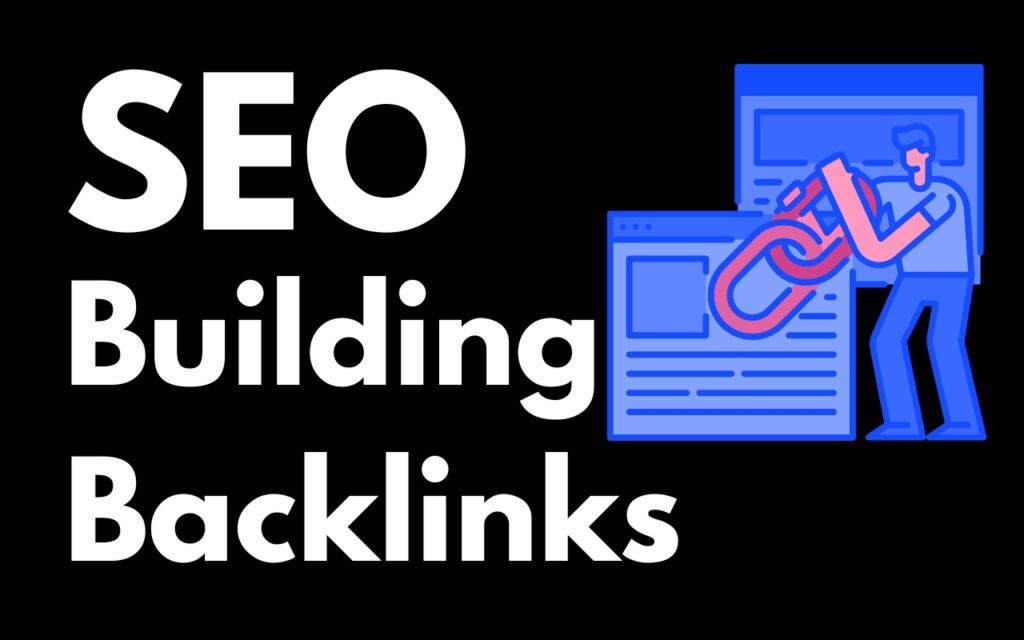
Here are some effective ways to build backlinks to your website:
Guest Posting
Guest posting involves creating high-quality content for other websites in your industry and including a backlink to your website in your author bio or within the content. This allows you to reach a wider audience and build high-quality backlinks to your website.
Broken Link Building
Broken link building involves finding broken links on other websites in your industry and offering to replace them with links to your own content. This technique requires you to find broken links on authoritative websites, which can be time-consuming, but it can also result in high-quality backlinks to your website.
Collaborating with Other Websites
Collaborating with other websites in your industry to create content can help you build high-quality backlinks to your website. By working with other websites, you can create valuable content that attracts traffic and builds your website’s authority.
Creating Shareable Content
Creating shareable content that is valuable and informative can help you attract backlinks from other websites. When other websites link to your content, it signals to search engines that your content is useful and relevant, which can boost your website’s authority and ranking.
Building backlinks takes time and effort, but it is a crucial aspect of SEO. By using the right techniques and creating valuable content, you can build high-quality backlinks to your website and improve your website’s ranking in search engine results in pages.
Creating High-Quality Content
Creating high-quality content is essential for ranking higher in Google with less effort. Google’s algorithm prioritizes content that is valuable, informative, and relevant to the user’s search intent. Here are some tips for creating high-quality content:
Research Your Audience
Before creating content, it’s important to understand your target audience. Conduct research to identify their pain points, interests, and questions they may have about your industry or niche. This can help you create content that is tailored to their needs and interests.
Use Visuals
Visuals such as images, infographics, and videos can help break up text and make your content more engaging. Visuals can also help convey information in a more digestible way, which can improve the user’s experience on your website.
Write in a Conversational Tone
Writing your articles or blogs in a conversational tone can make your content more approachable and engaging. Avoid using overly technical jargon or complex sentence structures that may confuse your audience. Instead, write in a tone that is friendly and easy to understand.
Incorporate Keywords
Incorporating relevant keywords into your content can help improve its visibility in search engine results pages. However, it’s important to avoid the what-so-called keyword stuffing, which is defined as the practice of overusing keywords in an attempt to manipulate search engine rankings. Instead, focus on using keywords naturally and in a way that adds value to your content.
Update Your Content Regularly
Regularly updating your content can signal to search engines that your website is active and relevant. It can also help improve the user’s experience on your website by providing them with up-to-date information.
By following these tips, you can create high-quality content that is valuable to your target audience and optimized for search engines. Creating high-quality content can help improve your website’s ranking in search engine results pages and drive more traffic to your website.
Writing Attention-Grabbing Titles and Meta Descriptions
Titles and meta descriptions are essential elements of on-page optimization that can help improve your website’s click-through rate from search engine results pages. Here are some tips for writing attention-grabbing titles and meta descriptions:
Use Keywords
Incorporating relevant keywords into your titles and meta descriptions can help improve their visibility in search engine results pages. Make sure to use keywords that are relevant to your content and the user’s search intent.
Keep it Short and Sweet
Titles and meta descriptions should be concise and to the point. Aim to keep your title under 60 characters and your meta description under 155 characters. This can help ensure that your entire title and description are visible in search engine results pages.
Use Action-Oriented Language
Using action-oriented language such as “discover,” “learn,” or “find out” can help entice users to click on your title and visit your website. This can help improve your website’s click-through rate and drive more traffic to your website.
Highlight Your Unique Selling Proposition
Highlighting your unique selling proposition in your title and meta description can help differentiate your content from competitors and entice users to click on your website. This can include highlighting a special offer, unique feature, or benefit that your content provides.
Test and Refine
Testing and refining your titles and meta descriptions can help improve their effectiveness over time. Use tools such as Google Search Console to track your click-through rate and adjust your titles and meta descriptions as needed.
By following these tips, you can create attention-grabbing titles and meta descriptions that entice users to click on your website and improve your website’s click-through rate from search engine results pages.
Utilizing Social Media
Social media is one of the powerful tools for promoting your website and improving your search engine rankings and, eventually, rank higher in Google. Here are some tips for utilizing social media in your SEO strategy:
Share Your Content
Sharing your content on social media can help drive traffic to your website and increase its visibility online. Make sure to share your content on relevant social media platforms such as Facebook, Twitter, and LinkedIn, and include links back to your website.
Engage with Your Audience
Engaging with your audience on social media can help build relationships and increase your website’s visibility online. Respond to comments and messages from your followers, and actively participate in relevant conversations.
Build Your Following
Building a strong social media following can help increase the reach of your content and improve its visibility online. Use tactics such as promoting your social media profiles on your website, running social media ads, and partnering with influencers to help build your following.
Use Hashtags
Using hashtags on social media can help improve the discoverability of your content and increase its visibility online. Use relevant hashtags that are related to your content and industry to help your content reach a wider audience.
Track Your Results
Tracking your social media results can help you understand which tactics are working and which ones need improvement. Use tools such as Google Analytics and social media analytics to track your social media traffic and engagement, and adjust your strategy as needed.
By incorporating social media into your SEO strategy, you can increase the visibility of your website and drive more traffic to your website.
Improving Site Speed and User Experience to rank higher in google
Site speed and user experience are both important factors that can impact your search engine rankings. Here are some tips for improving your site speed and user experience:
Optimize Your Images
Images can be a major contributor to slow site speed, so it’s important to optimize them for the web. Use tools such as Adobe Photoshop or online services like Kraken.io or TinyPNG to compress your images without sacrificing quality.
Use a Content Delivery Network (CDN)
A content delivery network (CDN) can help improve your site speed by serving your website’s content from servers that are geographically closer to your visitors. This can reduce the time it takes for your content to load and improve the user experience.
Minimize HTTP Requests
Every HTTP request made by your website takes time to process and can slow down your site speed. To minimize HTTP requests, reduce the number of images, scripts, and other resources on your pages, and combine multiple files into a single file where possible.
Optimize Your Code
Optimizing your website’s code can help improve site speed and user experience. Use tools such as GTmetrix or Google Page Speed Insights to identify areas where you can optimize your code, such as reducing CSS and JavaScript files, minimizing HTML, and leveraging browser caching.
Prioritize User Experience
Finally, it’s important to prioritize user experience when designing your website. This includes using clear and concise navigation, ensuring that your website is mobile-friendly, and designing pages with a focus on readability and ease of use.
By improving your site speed and user experience, you can not only improve your search engine rankings but also provide a better experience for your website visitors.
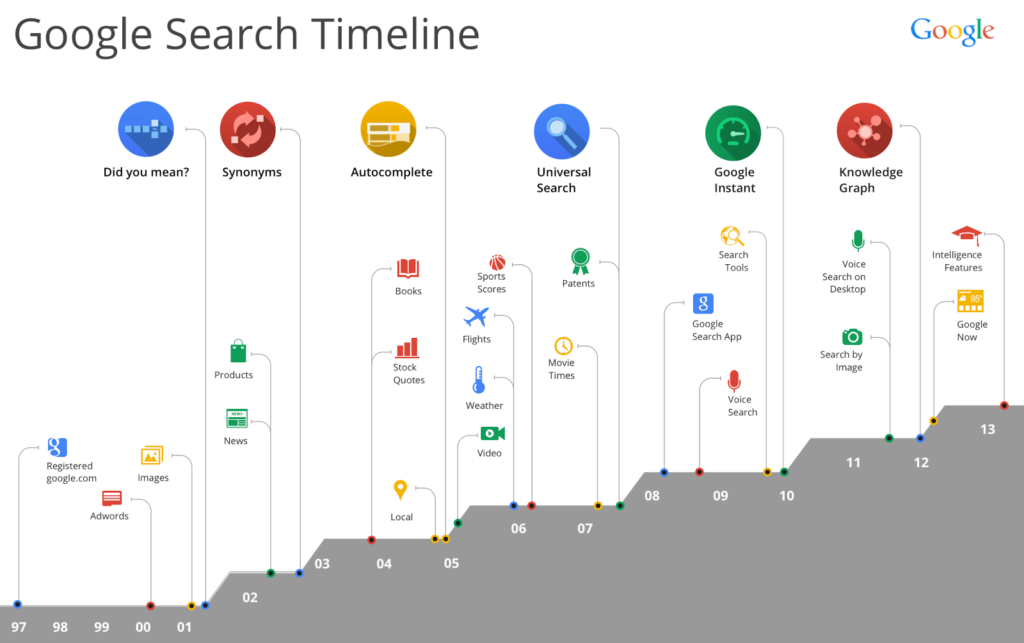
Implementing Schema Markup
Implementing schema markup is another important aspect of your SEO strategy that can help your website rank higher in Google search results. Schema markup is a type of microdata that can be added to your website’s code to provide more context and information to search engines.
Schema markup can improve the appearance of your website’s search results by adding rich snippets such as ratings, reviews, prices, and more. This can make your website more appealing and trustworthy to potential visitors, ultimately leading to more clicks and traffic.
To implement schema markup, you can use a variety of tools and plugins such as Google’s Structured Data Markup Helper, Schema Pro, or Yoast SEO. These tools can help you generate the proper schema markup for your website based on your specific content and pages.
Some popular types of schema markup include local business, product, article, and FAQ schema. By adding the appropriate schema markup to your website’s pages, you can provide valuable information to search engines and improve your website’s visibility in search results.
It’s important to note that while schema markup can help improve your SEO, it’s not a guaranteed way to rank higher in Google. It should be used in conjunction with other SEO strategies and best practices to achieve the best results.
Overall, implementing schema markup is a valuable tool in your SEO toolbox that can help your website stand out in search results and drive more traffic to your site. Consider incorporating schema markup into your SEO strategy and see the benefits for yourself.
Using Google Business Profile (GBP)
Using Google Business Profile (GBP) is an important step in any local SEO strategy. GBP is a free tool provided by Google that allows businesses to manage their online presence across Google’s various platforms, including search results, maps, and reviews. For your information, Google Business Profile was previously called Google My Business, and starting from July 2022, google changed it to Google Business Profile.
To get started with GBP, you’ll need to create a free account and verify your business. Once verified, you can fill out your business information such as hours, website URL, and contact information. You can also add photos, respond to customer reviews, and post updates to your GBP listing.
Having a complete and accurate GBP listing can help your business appear in local search results when people search for businesses in your area. It also provides potential customers with valuable information about your business, such as your hours, location, and customer reviews.
In addition to filling out your GBP listing, you can also use GBP to run ads and track your website’s performance in Google search results. GBP Insights provides valuable data about how customers find and interact with your business online, allowing you to make informed decisions about your local SEO strategy. You can read more about how to put your business on google from this link.
Overall, using Google Business Profile is a powerful way to improve your business’s local SEO and rank higher in google. By taking the time to optimize your GMB listing and track your performance, you can attract more customers and grow your business online.
Getting Listed in Online Directories
Getting your business listed in online directories is another effective way to improve your local SEO, and rank higher in google. Online directories are websites that list businesses by category and location, making it easy for potential customers to find businesses that meet their needs.
To get listed in online directories, start by identifying directories that are relevant to your business. Some popular directories include Yelp, Yellow Pages, and Angie’s List. You can also search for industry-specific directories that cater to your niche.
Once you’ve identified directories to target, create a profile for your business. Be sure to include all relevant information, such as your business name, address, phone number, website URL, and a description of your business. You may also be able to add photos and other media to your profile.
Make sure that the information you provide is consistent across all directories. Inconsistent information can hurt your local SEO efforts, as it can confuse search engines and potential customers.
In addition to providing valuable information to potential customers, getting listed in online directories can also improve your business’s visibility in search results. Many directories are highly authoritative websites that rank well in search results, so having your business listed can help you appear higher in search results.
Overall, getting listed in online directories is a simple and effective way to improve your local SEO. By taking the time to create profiles on relevant directories and provide accurate and consistent information, you can attract more customers and improve your online visibility.
Conclusion
In conclusion, ranking higher in Google doesn’t have to be an overwhelming task. By understanding Google’s algorithm, conducting keyword research, optimizin g your on-page and off-page elements, building backlinks, creating high-quality content, writing attention-grabbing titles and meta descriptions, utilizing social media, improving site speed and user experience, Implementing Schema Markup, Using Google Business Profile, and getting listed in online directories you can improve your SEO strategy and boost your website’s ranking in search results.
Remember, SEO is an ongoing process and requires continuous effort and monitoring to see results. Don’t be discouraged if you don’t see immediate improvements – keep working at it and tweaking your strategy as needed.
If you’re feeling overwhelmed or unsure about where to start with your SEO strategy, consider hiring a professional SEO agency or consultant. They can provide valuable insights and guidance to help you achieve your goals.
So take action today and start implementing these strategies to rank higher in Google with less effort!
Call to Action: If you’re ready to take your SEO strategy to the next level, contact our team today to learn more about our SEO services and how we can help improve your website’s ranking.

